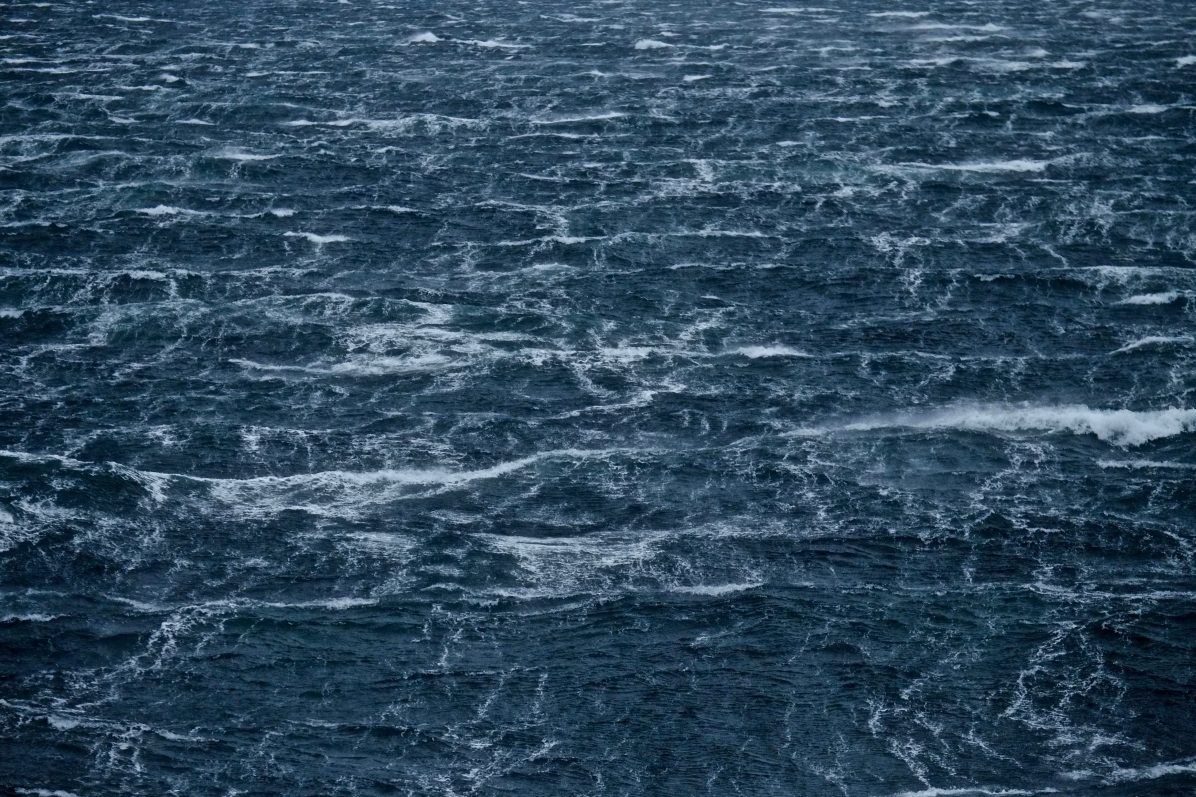
Tierra del Fuego is one of those legendary places that we have always heard about. And if this region of the globe is so unique, it is essential because it is one of the most dangerous in the world. A unique place in the world because it is here that Cape Horn is located. Sailing in Tierra del Fuego is not trivial, between glaciers and fjords at the end of the world, navigation that is as incredible as it is unforgettable.
The significant departure from Punta Arenas in Chile
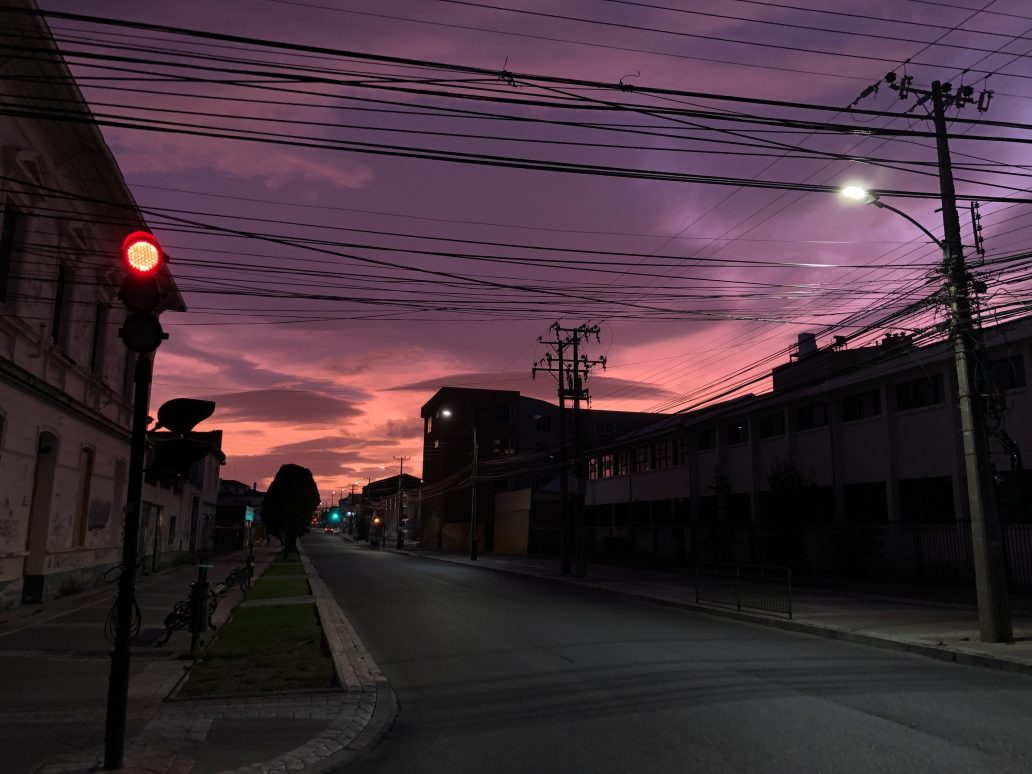
When you want to sail in Tierra del Fuego, everything starts with embarkation at Punta Arenas. Punta Arenas is a pretty charming Chilean town. This town sits on the edge of the Magellanic Canal.
This port city seems rather tasteless at first. But the more time we spend in Punta Arenas, the more we understand that time will endlessly run out. This hilly town seems impassive, and yet Punta Arenas is the starting point for many expeditions to Chilean Patagonia and Antarctica. However, there is a Chilean company that specializes in this type of excursions, and it is Australis. A Chilean company which has two boats specially equipped to navigate and explore Tierra del Fuego. Another significant point, to be able to dismount, you must display a Chilean flag. It is for this reason that Australis is the only company to offer expeditions on land as at sea in this area which is also called the Chilean Antarctic Patagonia. On the other hand, during its navigations, Australis proceeds to numerous observations and recordings for scientists.
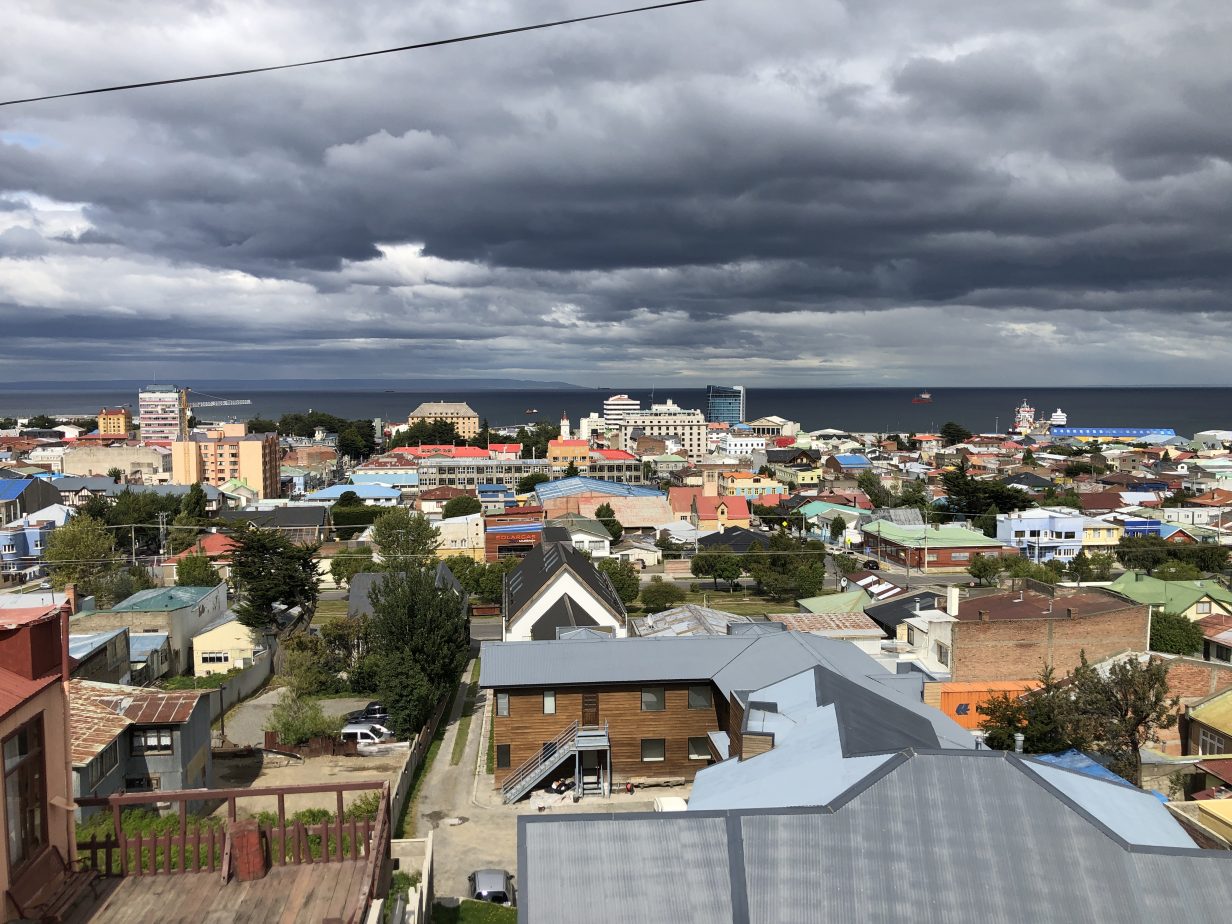
Tierra del Fuego and land of glaciers
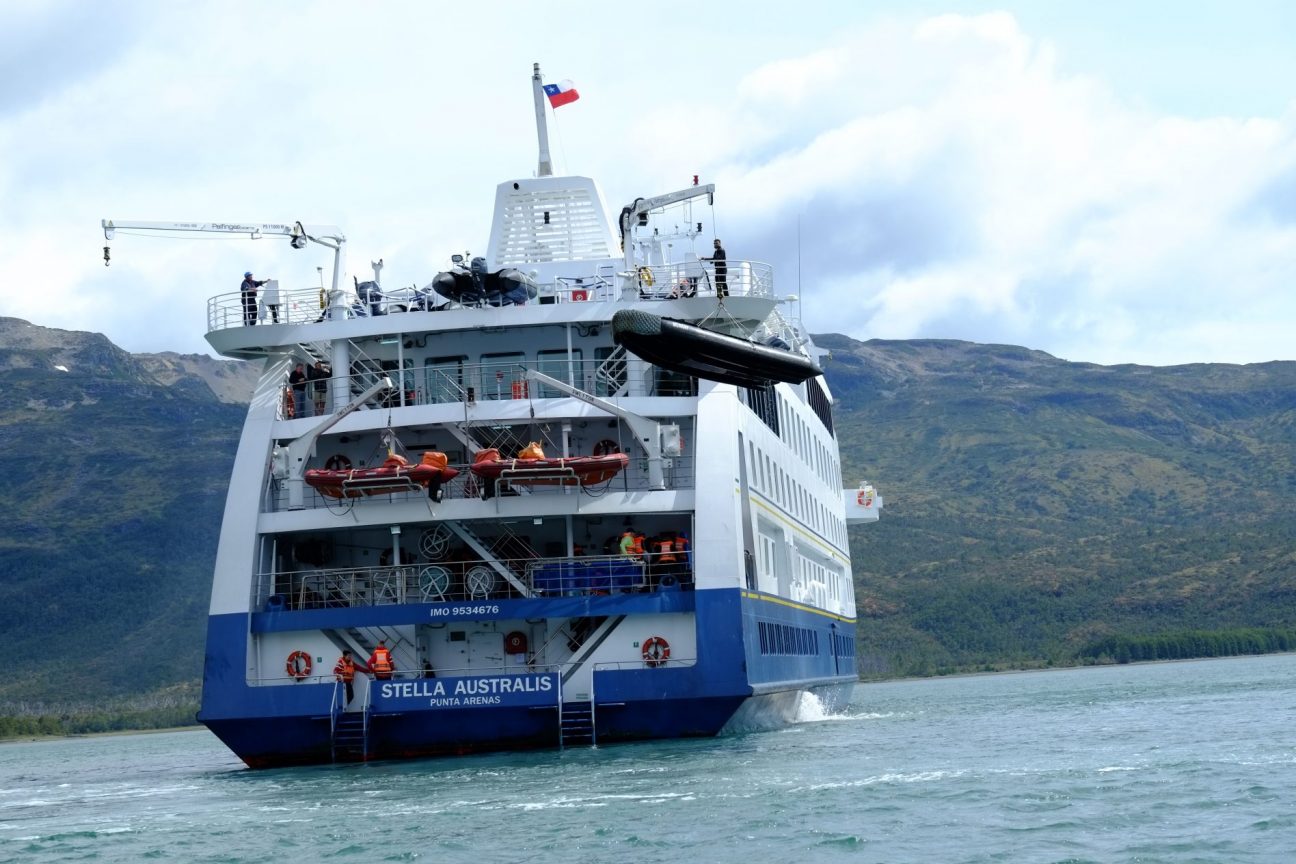
When you leave Punta Arenas and jump into the Strait of Magellan, you are quickly struck by the vastness of the strait. And then almost simultaneously, one cannot help thinking of these first men who went around the world. Men who risked their lives because the chances of coming back alive of suck expeditions were very slims. Today, on the Stella Australis, they can hardly imagine the Dantesque conditions that faced the sailors of five centuries ago. Night falls little by little, and the ship enters the night then winds between the shoals, the capes and the lighthouses and beacons of Tierra del Fuego. A magical moment.
Departure from Punta Arenas, night navigation to Ainsworth bay and the Tuckers islets (day 1 & 2)
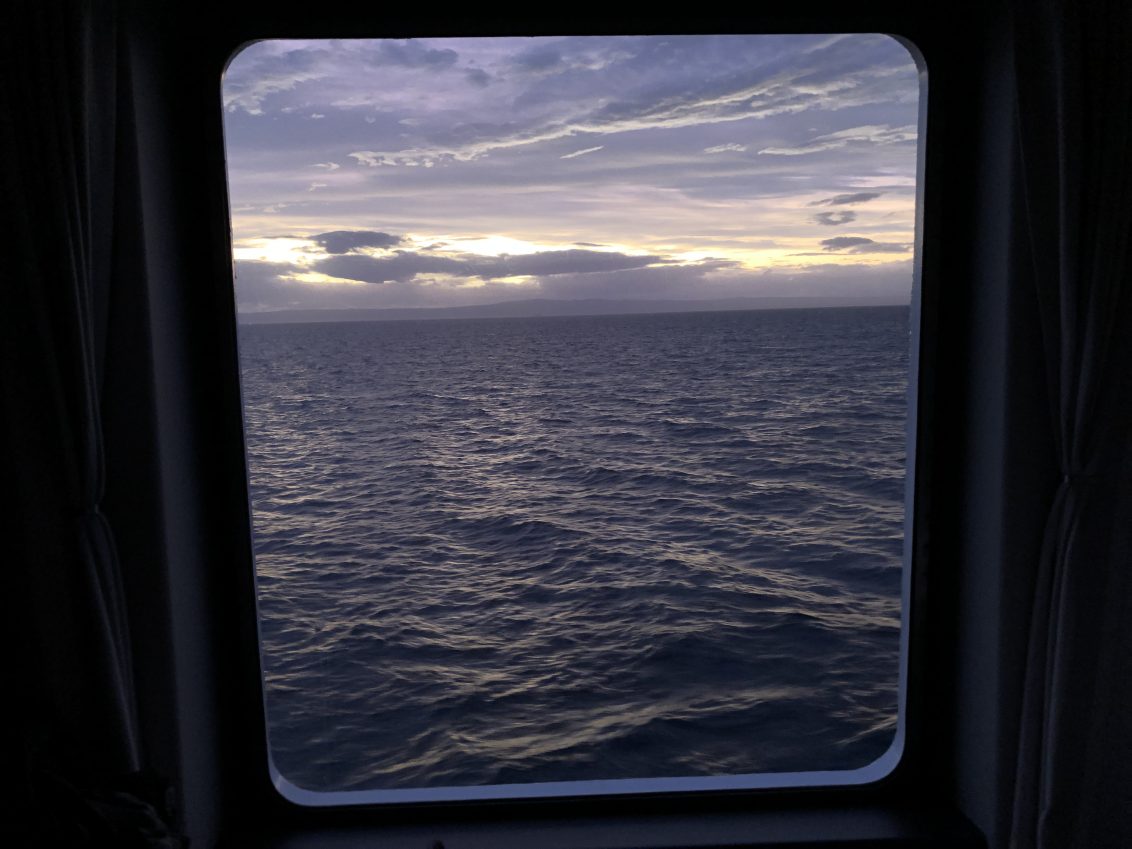
Marinelli Glacier, Magellan Forest in Ainsworth Bay
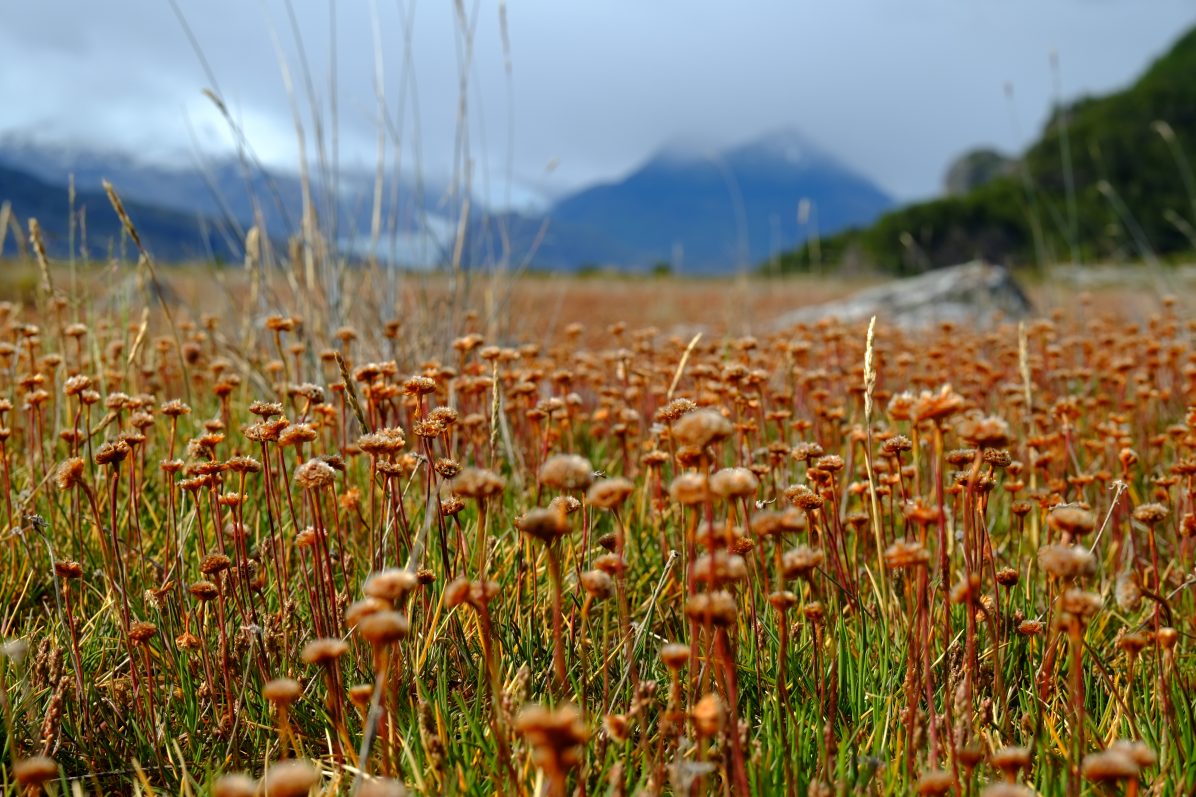
The arrival in Ainsworth bay is just magnificent, a large bay and mountains which sink into the calm waters of the Patagonian fjords. Ainsworth Bay is one of those places in the world where you can observe the nature that appeared following the melting of the ice. It is also an opportunity to discover the Magellan forest, a unique environment with sometimes surprising colours. The polar regions have this magic that cannot be found anywhere else. And in the distance, the immense Marinelli glacier reminds us that winter will soon be back.
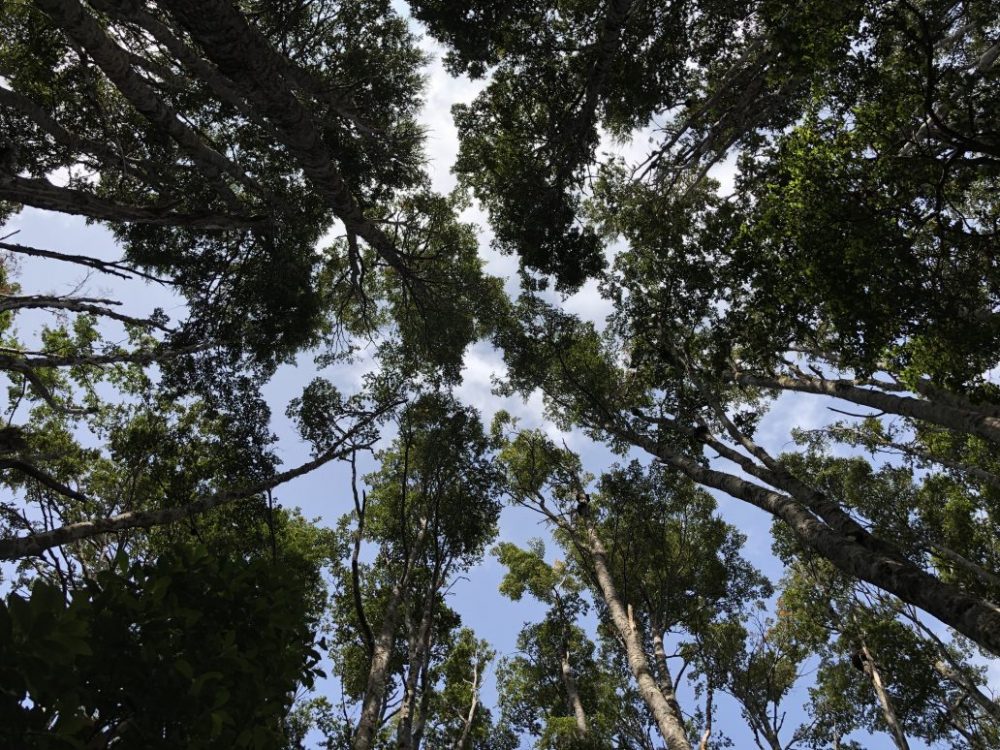
Turkers islets and penguin and bird watching
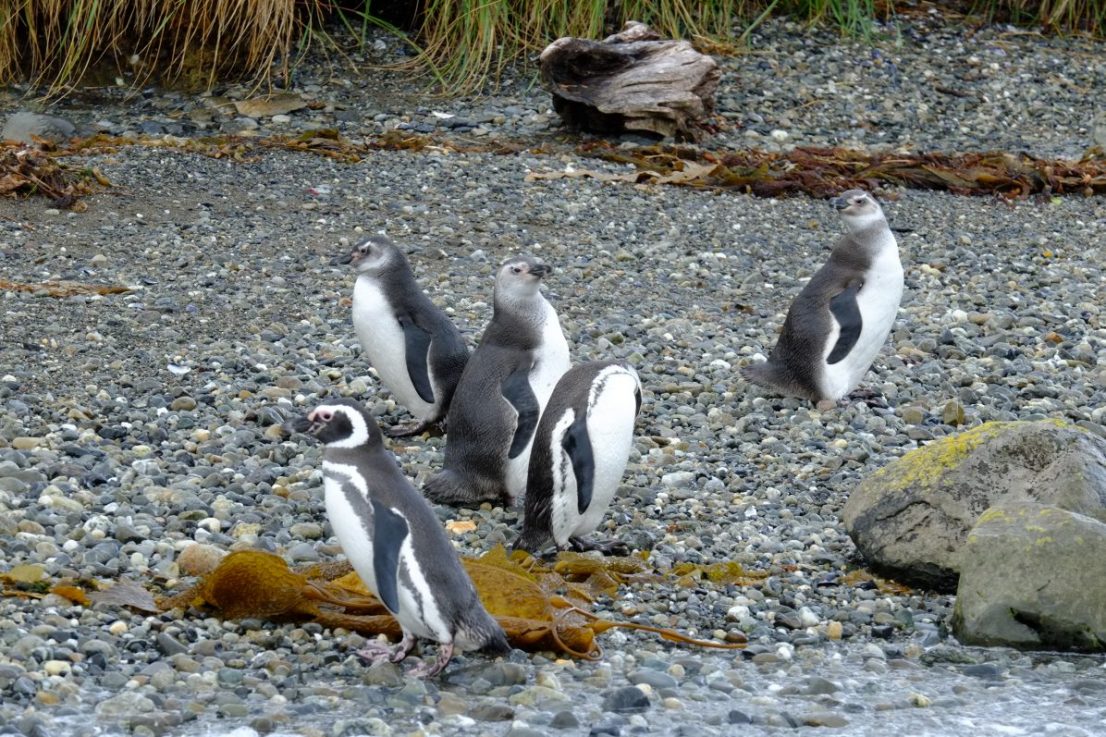
It is on some rocks lost in the middle of a fjord that we are lucky to be able to observe life. It is approached by inflatable boat, keeping enough distance from the birds. The water around 8 degrees and rain that falls at the same rate as the swings in the wind. This is what awaits you when you want to navigate in Tierra del Fuego.
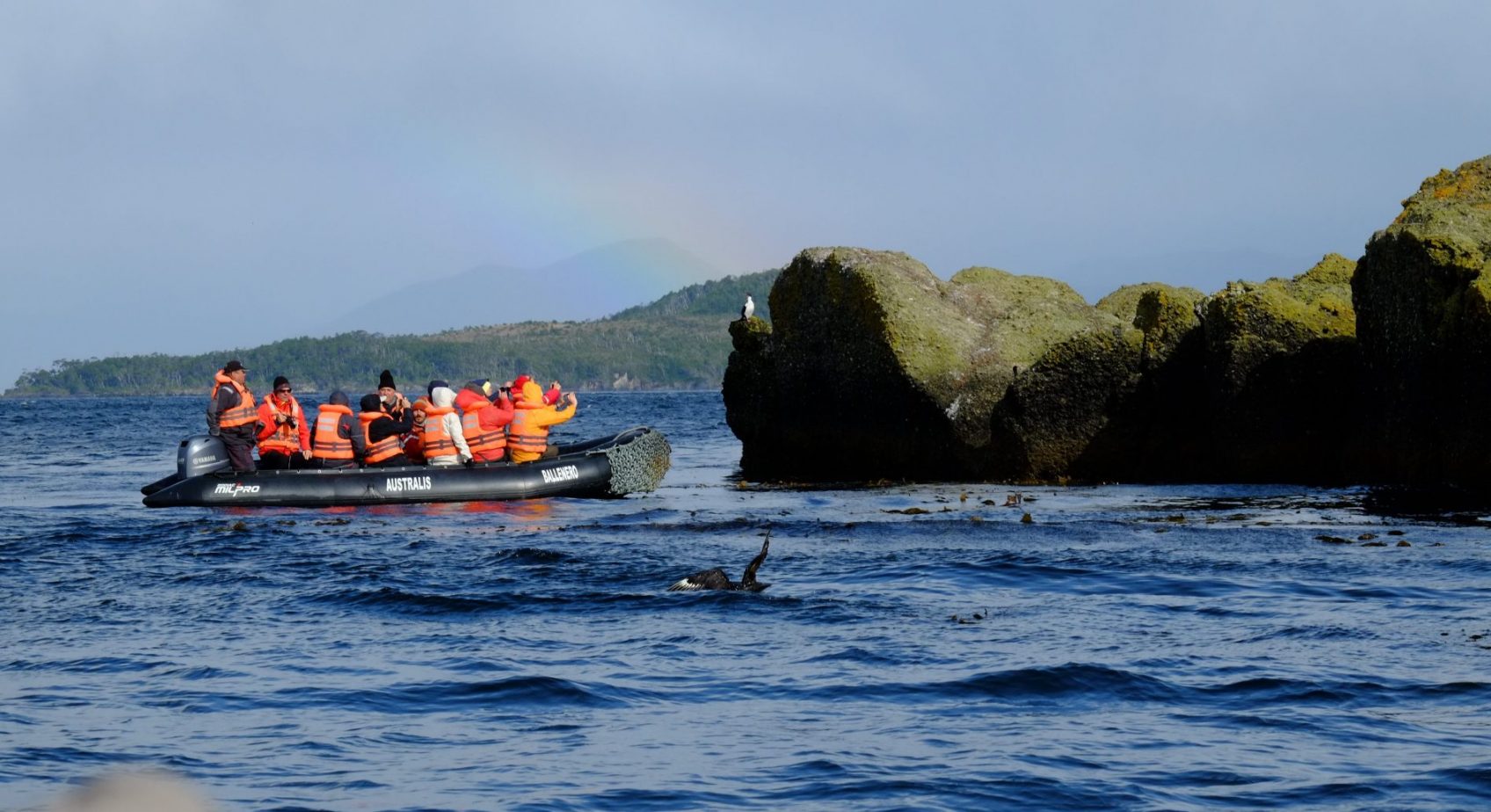
Pia glacier and frozen fjords (day 3)
Discover one of the most beautiful glaciers in the world
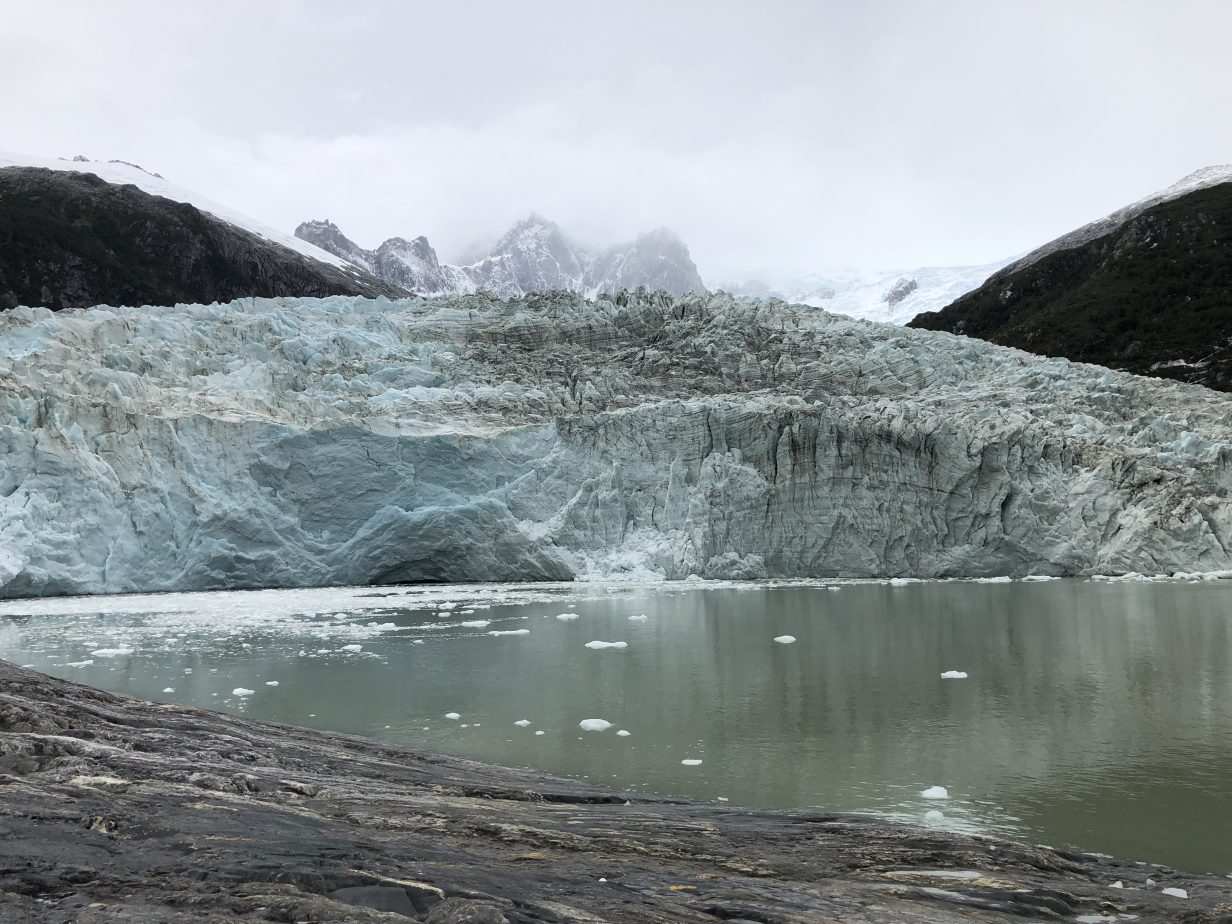
It is, without doubt, one of the most unique and beautiful shows in the world. Pia Glacier is a massive river of ice that dies in a Chilean fjord. The colour of the fjord is a kind of greenish colour, because the water in the fjord is loaded with sediment.
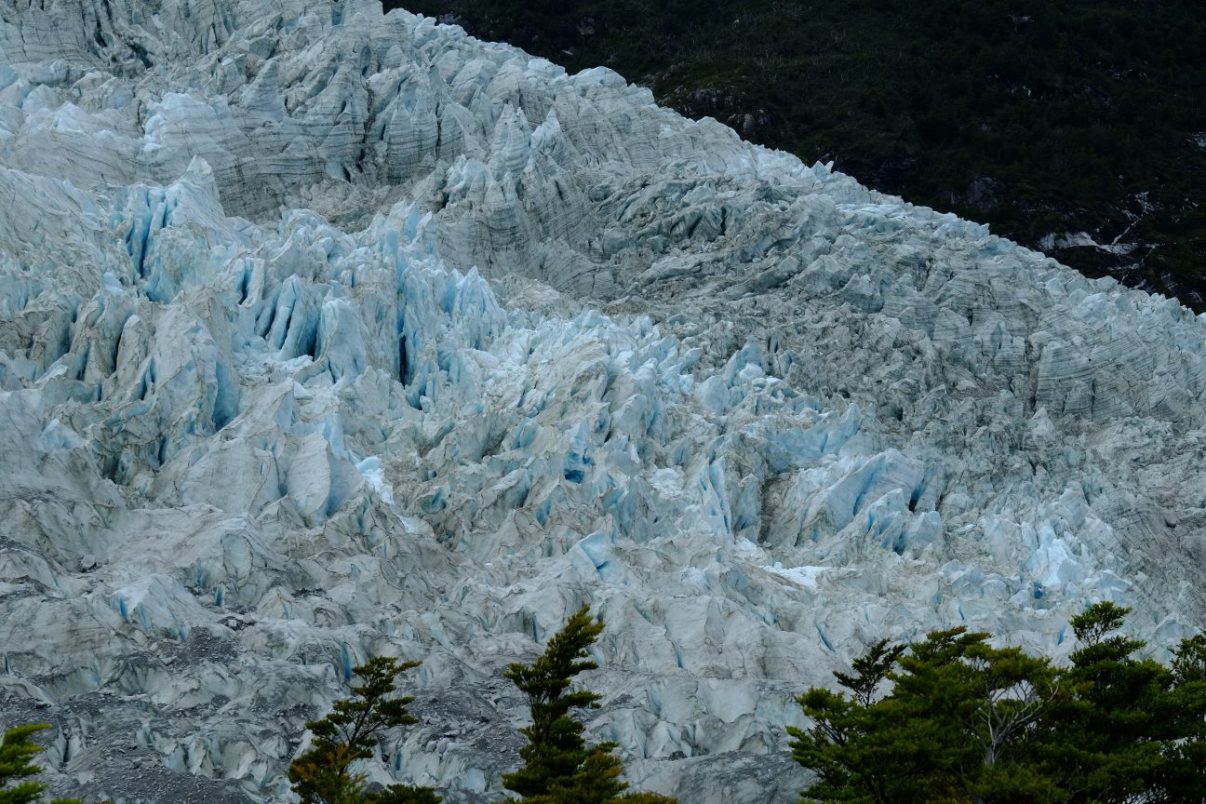
The glaciers fjord
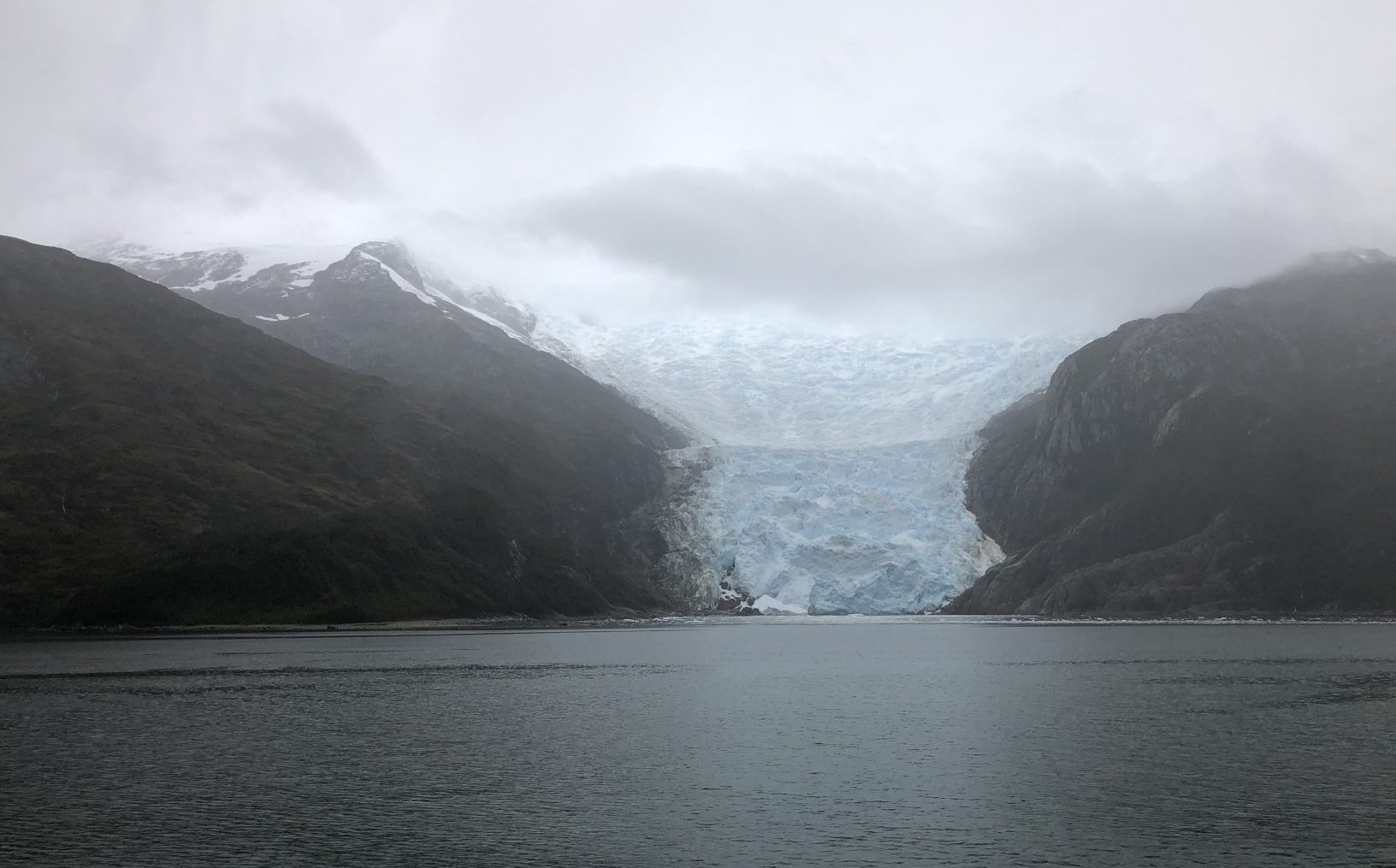
After the lengthy exploration of the Pia glacier, it’s time to head for Cape Horn, the highlight of the trip. To do this, the boat takes the avenue des glaciers. A splendid fjord which unfortunately bears the name of a shopping centre. But it does not matter in any way since this place is quite incredible.
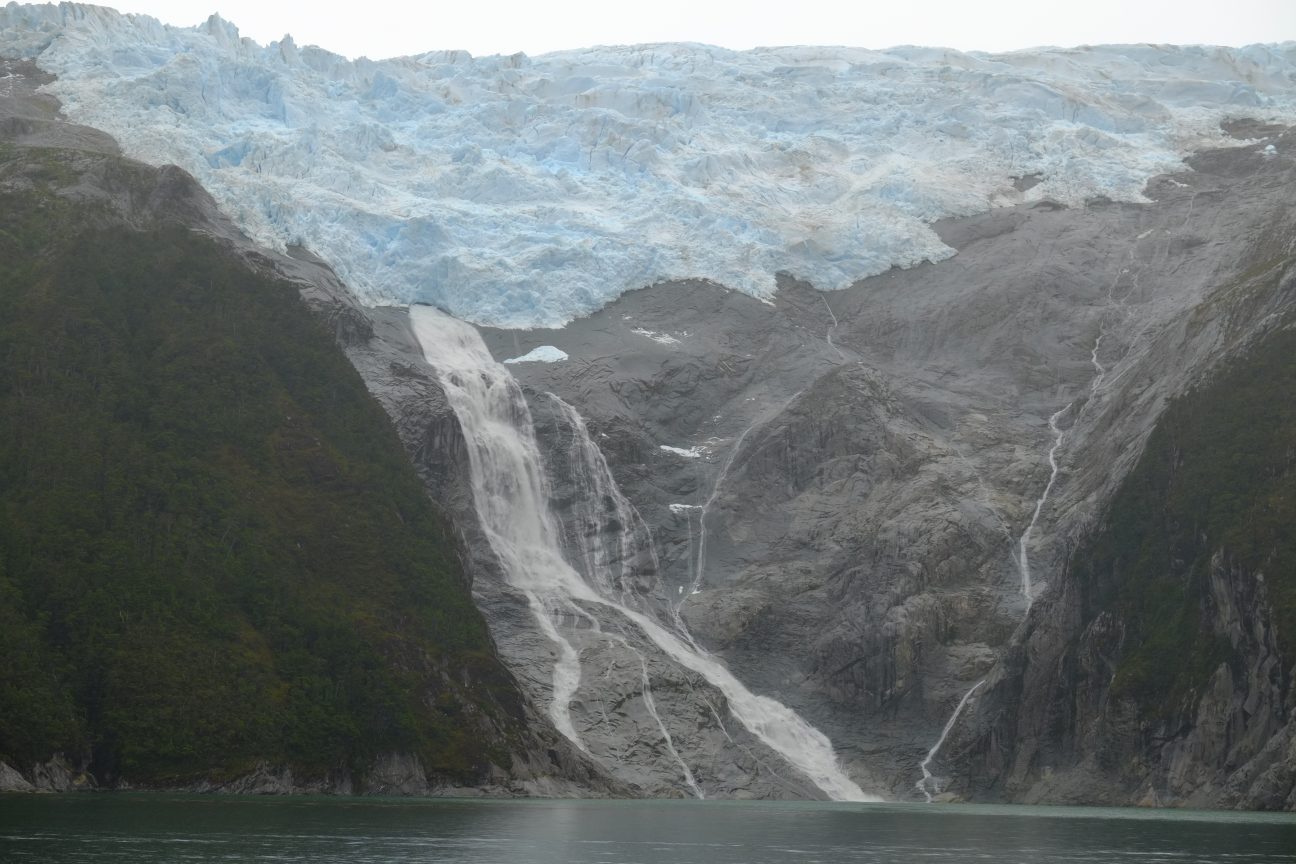
Cape Horn and the land at the end of the world
A mythical cape and a tragic place (day 4 & 5)
Cape Horn, the end of the world
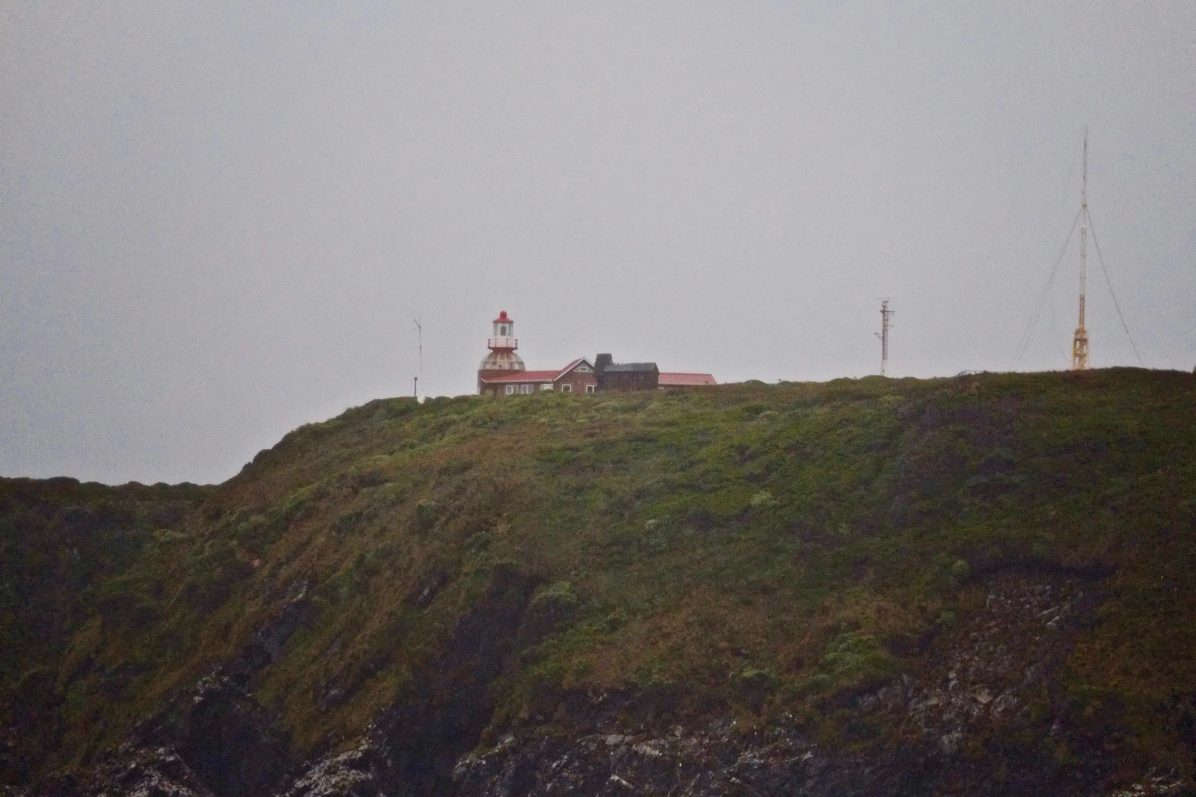
It all starts in the early morning, the swell, the waves and the wind. There is an impassive island, surmounted by a lighthouse and a few antennas. Cape Horn is there. So close, you could almost touch it. And then suddenly the wind turns and accelerates, it will not be possible to descend to the ground. With nature, there is no reasonable compromise, no arrangement.
The scary thing about Cape Horn is the seabed which rises sharply from two thousand meters to just five meters deep. A relief which rises suddenly and which thus raises enormous waves. It’s the geography of the place that makes the area very dangerous. And then there is this wind, a wind that blows from East to West while accelerating along the Chilean coast. As a result, it is not uncommon for winds to reach 100 knots in winter. During our passage the wind rose to 70 knots with gusts to more than 89 knots. That day, we even received confirmation of the wind strength by the Chilean weather station.
No need to worry, we are between the mainland and Cape Horn. That is to say. The ship is in Nassau Bay, a place that is somewhat protected from the swell. On the other hand, the wind and currents repel us by the wind towards fjords which offer reliable protection.
Wulaia Bay a wonderful happy end
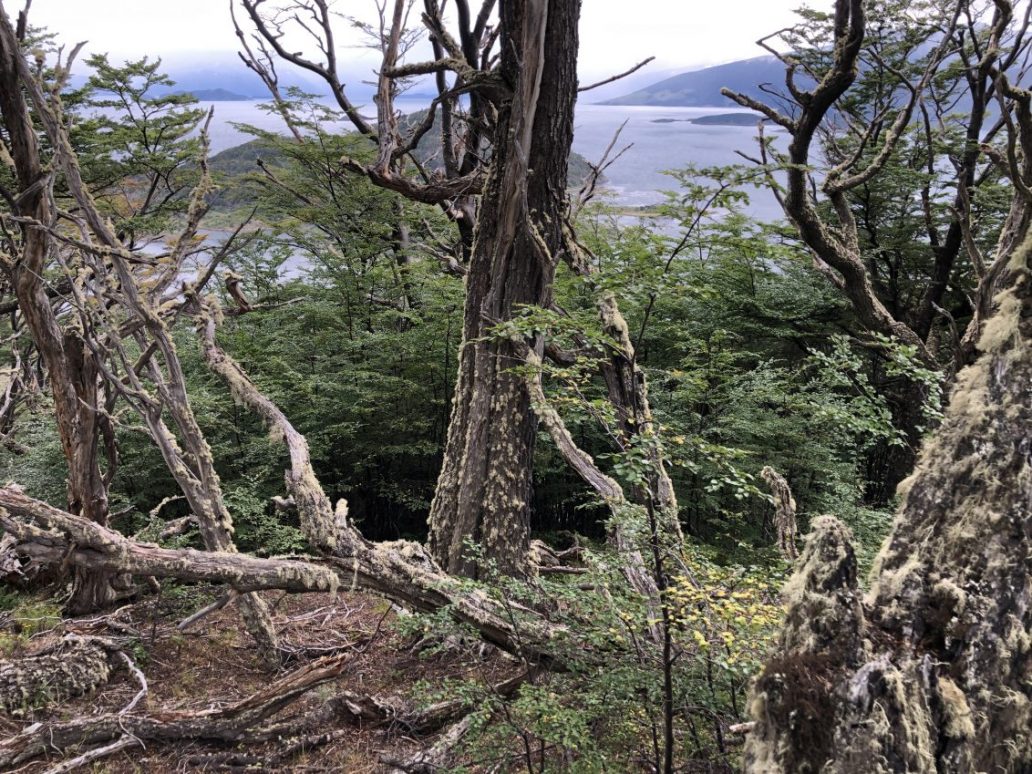
With the Bay of Wulaia, we definitely turn to the fury of the Ocean to turn to the sweetness of the Bay of Wulaia. A natural shelter where the Yamanas people lived for more than 7,000 years. A community that knew how to live in harmony with nature. First of all, despite the geographical position, you should know that the Yamanas lived entirely naked. Another interesting point, they developed the most elaborate language known to date with more than 32,000 words. Nudity and precision of the language of an unknown people, this world is full of secrets and mysteries.
Ushuaia, Argentina. The end of sailing in Tierra del Fuego
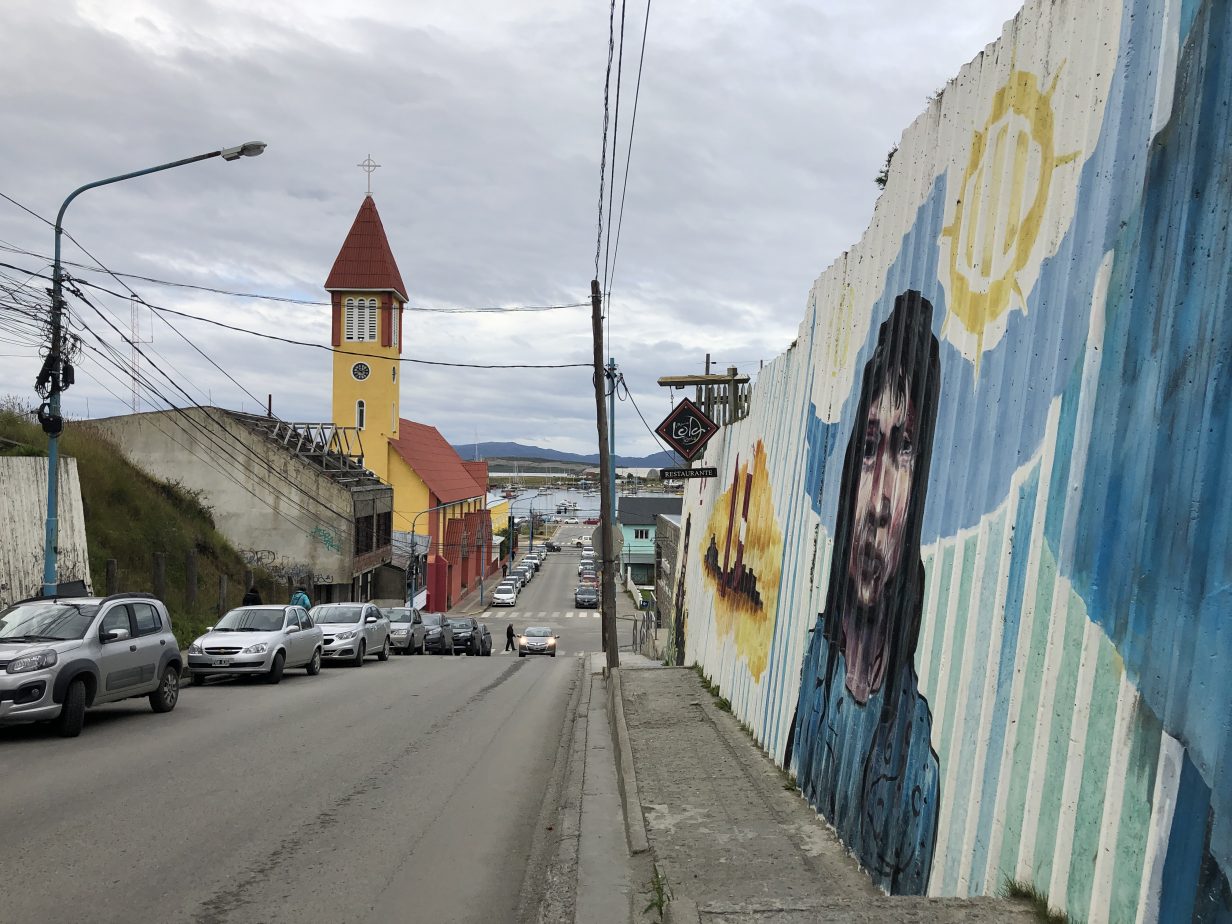
Ushuaia, one of Argentina’s most iconic cities, is located along the Beagle Channel. But it is above all the port that will mark the end of an unforgettable polar expedition.
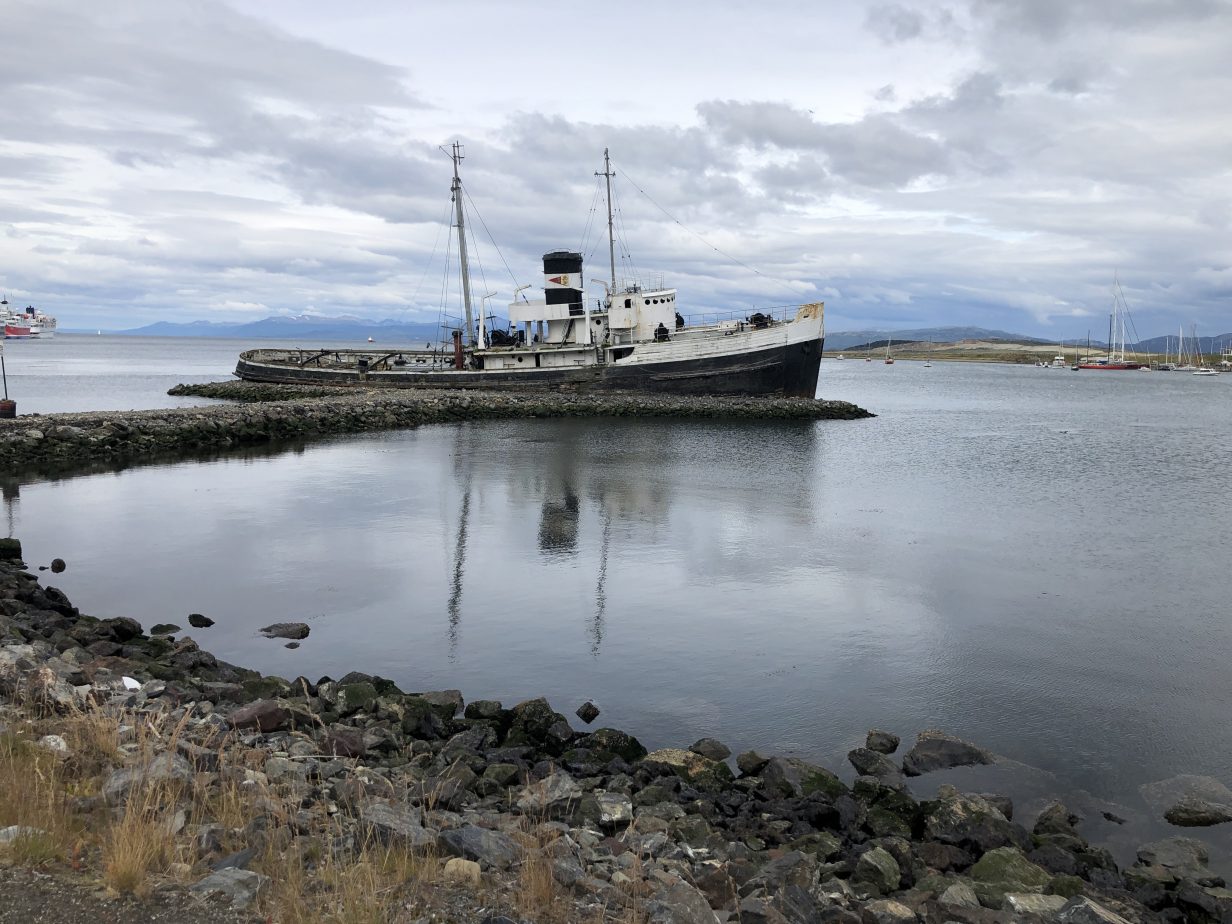
To read to prepare your navigation in Tierra del Fuego:
To prepare or accompany your southern cruise, here are two books which transcribe in words what it can feel when you sail in such special places.
– “Magellan’s first world tour”, by Antonio Pigafetta, at Editions Tallandier.
– “Because the Horn is there”, from Miles Smeeton to Arthaud editions.
Sailing in Tierra del Fuego with Australis
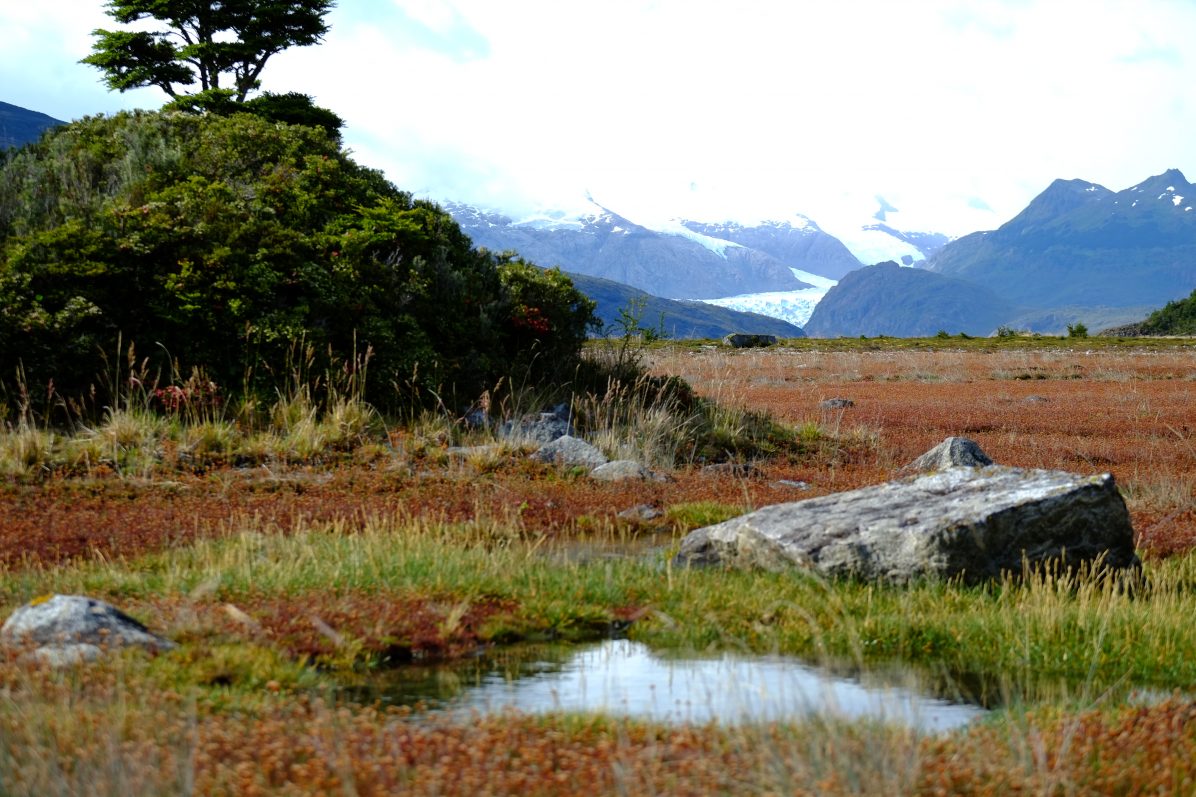
The expedition to Tierra del Fuego
Australis is a shipping company that owns two ships and specializes in high-end polar expeditions to Tierra del Fuego. During the cruise, daily land expeditions are organized to take passengers as close as possible to the natural treasures of Tierra del Fuego. Glaciers, the discovery of the fauna and flora with guides and always in respect of the eco-system with strict safety and hygiene rules, Australis is the only Chilean shipping company with boats under Chilean flag. This is important because in Chilean Antarctic Patagonia only passengers sailing on Chilean ships have the right to go ashore to explore and discover the landscapes, forests, flora and glaciers. It should also be noted that the two Australis ships are identical and recent. The whole area of Tierra del Fuego is a protected area with the status of a national park. The crew works with scientists from Chilean research institutes. Besides, the team is in permanent contact with the Chilean authorities regarding the surveillance of this protected natural area.
Life on board in a small committee
Price per person from $1,565 per person in a double cabin, for five days and four nights. Departures from Punta Arenas to Ushuaia and vice versa. The price includes meals on board, drinks, drinks at the bar and all conferences on board. Please note that the maximum capacity is about 200 passengers only, for a few hundred cabins dispatch on only three floors.
For more details or to book your cruise with Australis goes directly to www.autralis.com.
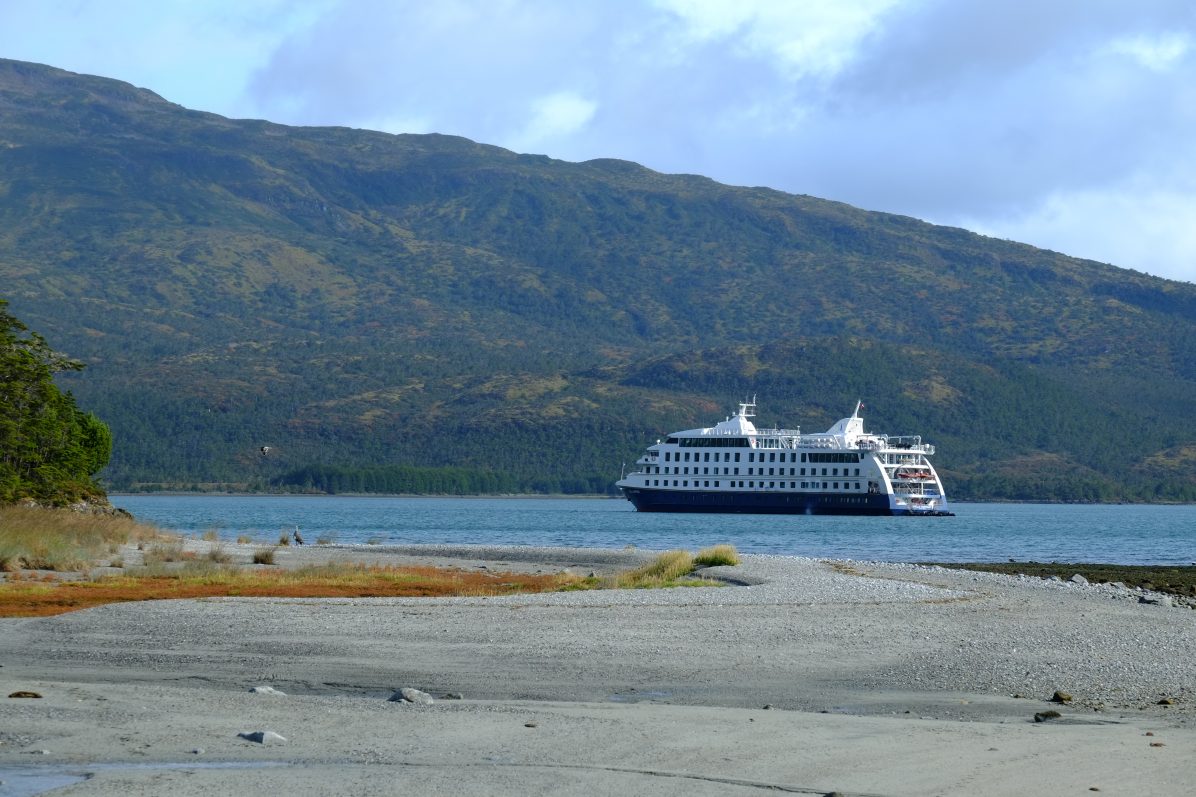
I really would like to warmly thanks Australis for this collaboration and for this unique chance to participate in such amazing expedition.
photo credits: Yann Vernerie